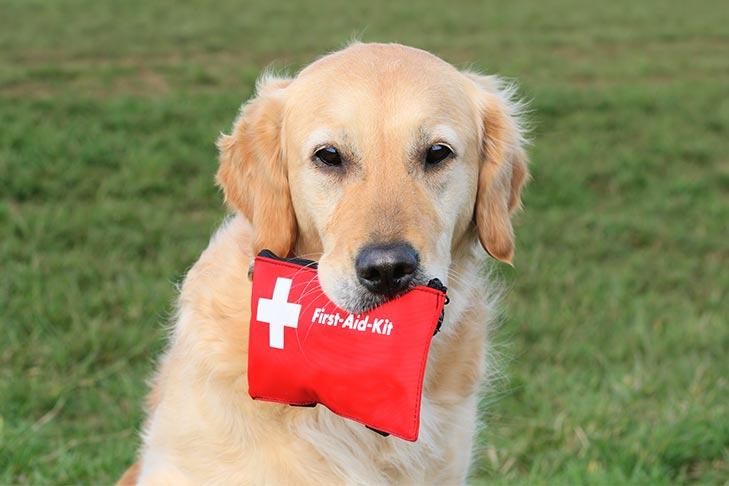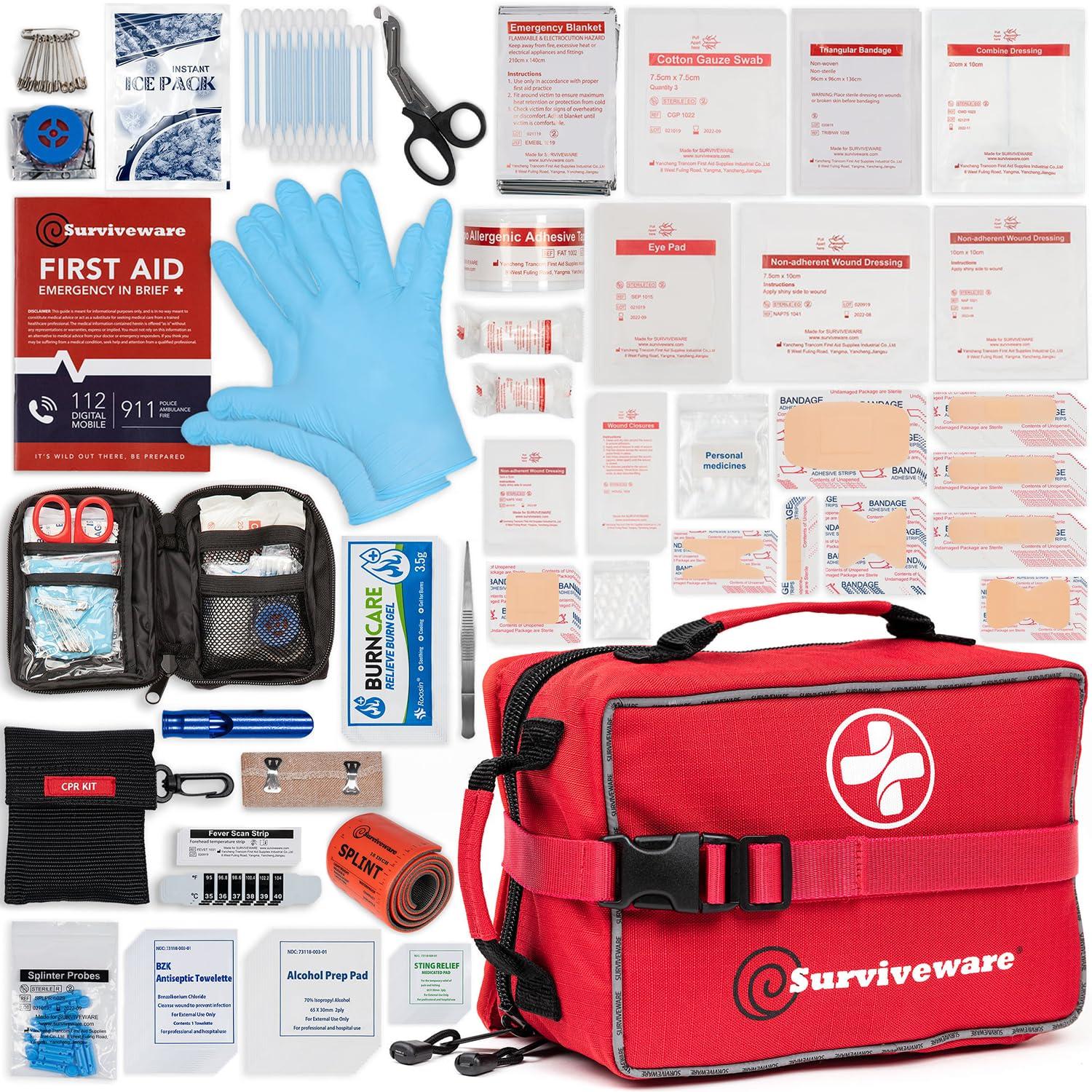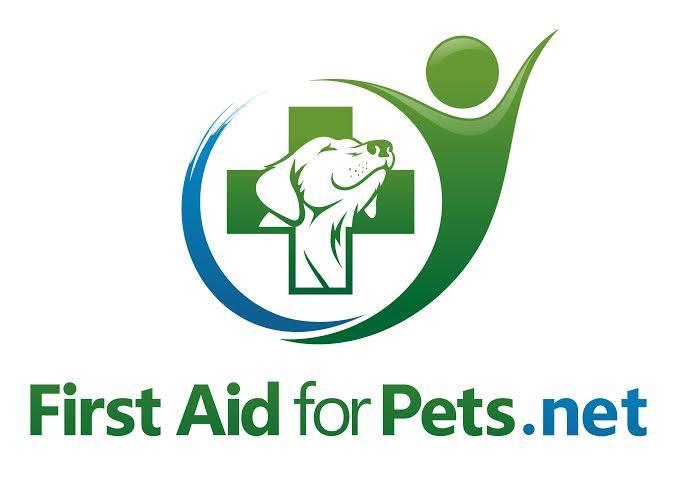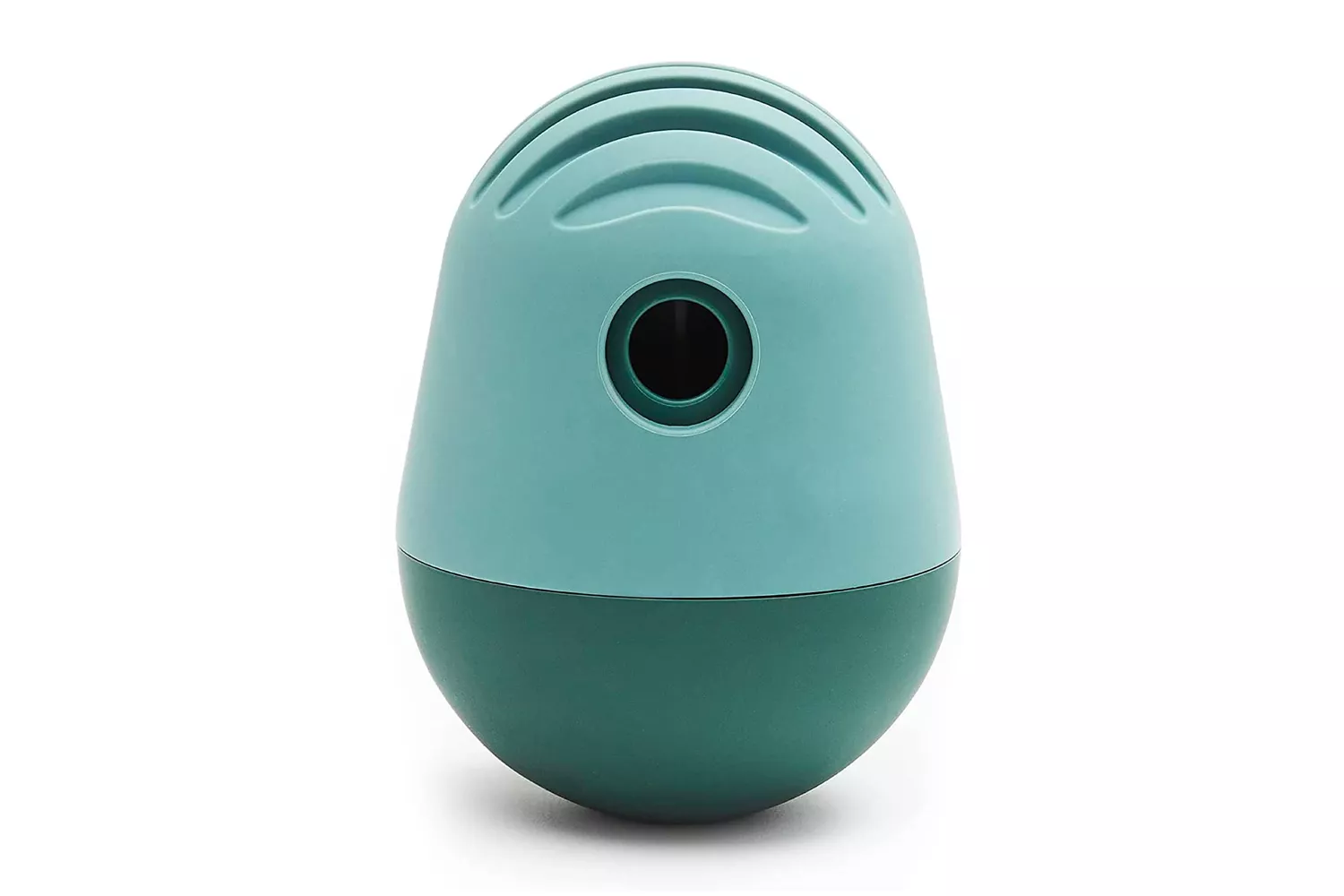
Pet Owner’s Guide: Must-Know First Aid Tips for Your Furry Friends
Introduction:
As pet owners,we often find ourselves on a joyful journey filled with wagging tails,playful purrs,and countless adorable moments. Though, amidst the laughter and love, it’s essential to be prepared for life’s unexpected twists and turns that can affect our furry companions. Just as you would learn first aid for a family member or a close friend, knowing how to respond in a pet emergency is crucial for ensuring the well-being of your beloved animal. This guide will equip you with essential first aid tips tailored specifically for cats, dogs, and other cherished pets, providing you with the knowledge and confidence to address common injuries and health issues.Whether it’s a minor cut or somthing more serious, being informed can make all the difference in protecting your four-legged family member. Let us empower you to become the best advocate for your pet’s health and safety, ensuring your bond remains unbreakable through every challenge they might face.
Table of Contents
- Essential First Aid Kits Every Pet Parent Should Assemble
- Recognizing Common Pet Emergencies and When to Act
- Step-by-Step Responses to Typical Injuries and Illnesses
- Preventative Care: Keeping Your Furry Friends Safe and Healthy
- In Retrospect

Essential First Aid Kits Every Pet Parent Should Assemble
As a devoted pet parent, being prepared for any emergency is crucial. assemble a thorough first aid kit tailored for your furry companions, ensuring you have all the essentials on hand. Start with the basics: sterile gauze pads, adhesive tape, and bandages for treating wounds, along with antiseptic wipes to clean any cuts. Don’t forget to include scissors and tweezers for more efficient care, and a digital thermometer to monitor your pet’s temperature when needed.
Next,enhance your kit by incorporating items that could be lifesaving during an emergency. Consider adding activated charcoal for accidental poison ingestion, hydrogen peroxide for inducing vomiting, and vet-recommended medications for conditions specific to your pet. Also include a copy of your pet’s medical history, your veterinarian’s contact data, and any pet-specific items required for your furry friend. To streamline your packing process, refer to the table below, which highlights necessary items along with suggested quantities.
| Item | Recommended Quantity |
|---|---|
| Sterile gauze pads | 5 |
| Adhesive tape | 1 roll |
| Antiseptic wipes | 10 |
| Scissors | 1 |
| Tweezers | 1 |
| Digital thermometer | 1 |
| Activated charcoal | 1 bottle |
| Veterinarian contact info | 1 copy |

Recognizing Common Pet emergencies and when to Act
Pet emergencies can arise unexpectedly, requiring rapid recognition and response from owners. Familiarize yourself with common signs that indicate your pet may be in distress, such as excessive vomiting, difficulty breathing, lethargy, or signs of pain (whining or avoiding touch). It’s essential to observe your pet’s behavior closely and understand their normal patterns, as sudden changes can signal a serious issue. When in doubt, always contact your veterinarian or an emergency animal clinic for guidance.
Additionally,being aware of situations that typically demand urgent care is vital. Here are some common emergencies to watch for:
- Choking: Signs include gagging, pawing at the mouth, or difficulty breathing.
- Severe bleeding: Quick action is required to control bleeding from wounds.
- Poisoning: Symptoms may include drooling, vomiting, or seizures.
- Fractures: Look for inability to bear weight or unusual swelling.
- Heatstroke: Signs include excessive panting, drooling, or lethargy in hot weather.
when faced with a potential emergency, knowing how to prioritize your actions can save valuable time. Here’s a quick reference table to help you assess actions based on the type of emergency:
| Emergency Type | Immediate Action |
|---|---|
| Choking | Perform the Heimlich maneuver or take them to the vet. |
| Severe Bleeding | Apply direct pressure and seek veterinary care. |
| Poisoning | Contact poison control and go to the vet immediately. |
| Fractures | Keep the pet calm and head to the vet. |
| Heatstroke | Move to a cool place and hydrate; consult a vet. |

Step-by-Step Responses to Typical Injuries and Illnesses
When your beloved pet suffers from a common injury or illness, knowing how to respond can make a significant difference. For cuts and wounds, first, ensure your furry friend remains calm. Gently clean the area with mild soap and water, then apply an antiseptic to prevent infection. If the bleeding persists, apply pressure with a clean cloth for at least 5 minutes. in case of a deep cut, seeking veterinary care is essential. For burns, cool the area with running water for at least 10-15 minutes. Avoid applying ointments or creams until a vet has assessed the burn to prevent further irritation.
Among other common ailments, vomiting or diarrhea can indicate a serious issue. Monitor your pet’s hydration and restrict food for 12-24 hours, but ensure they have constant access to fresh water. If symptoms persist or are accompanied by lethargy, contact your veterinarian. In the event of an allergic reaction, you may notice swelling, hives, or difficulty breathing. If you suspect your pet is having a reaction, seek immediate veterinary assistance. maintain a handy list of first aid supplies and an emergency contact number for your vet:
| First Aid Supplies | Purpose |
|---|---|
| Adhesive Bandages | For minor cuts and abrasions |
| Antiseptic Wipes | To clean wounds |
| Gauze Pads | To cover larger wounds |
| Hydrogen Peroxide | For cleaning and disinfecting |
| Tweezers | To remove splinters or ticks |

Preventative Care: Keeping Your Furry Friends Safe and healthy
Just like humans, pets require regular check-ups and attention to ensure they stay healthy and active. Preventative care involves routine veterinary visits, vaccinations, and monitoring your pet’s weight and diet. Here are some essential tips for keeping your furry friends in peak condition:
- Regular Vet Visits: Schedule annual exams to catch any health issues early.
- Vaccinations: Ensure your pets are up-to-date on their vaccinations to protect against common diseases.
- Dental Care: Brush your pet’s teeth regularly and provide dental chews to promote oral health.
- Parasite prevention: Use flea, tick, and heartworm prevention treatments, especially in peak seasons.
- Balanced Diet: consult with your vet to determine the best diet tailored to your pet’s needs.
When it comes to emergencies, being prepared can make all the difference. knowing basic first aid can help you act quickly if your pet gets injured or becomes ill. Here are a few key points to remember:
- Maintain a First Aid Kit: Include items like bandages, antiseptic wipes, and a digital thermometer.
- Monitor Symptoms: keep a close eye on behavior changes, such as lethargy or changes in appetite.
- Know Emergency Numbers: Have the contact information for your vet and nearest emergency pet clinic readily available.
- learn basic Techniques: Familiarize yourself with CPR for pets and how to handle choking emergencies.
In Retrospect
As we wrap up our exploration of essential first aid tips for our beloved furry companions, it’s crucial to remember that being a responsible pet owner extends beyond love and attention. With a little preparation and knowledge, you can be a heroic first responder in times of need, ensuring that your pet receives the care they deserve when it matters most.
Whether it’s a minor scrape or a more serious emergency,having the right tools and information at your fingertips can make all the difference. So, equip yourself with a well-stocked first aid kit, familiarize yourself with common health issues, and keep emergency numbers on hand. Your readiness could give your pet a second chance at happiness.
being proactive not only strengthens the bond between you and your furry friend but also empowers you to navigate unexpected challenges with confidence. As you embark on this pet ownership journey, remember: a little knowledge goes a long way, and your furry friend will thank you for it!





